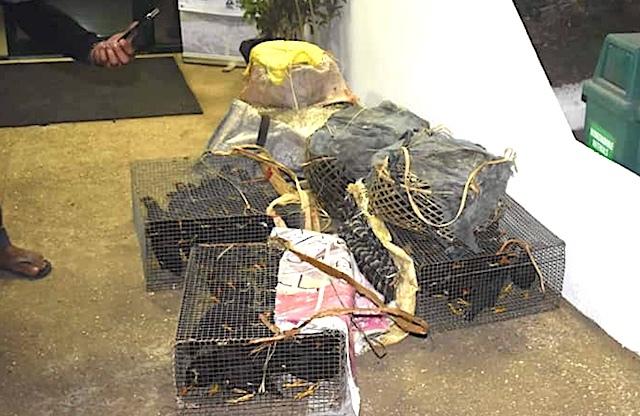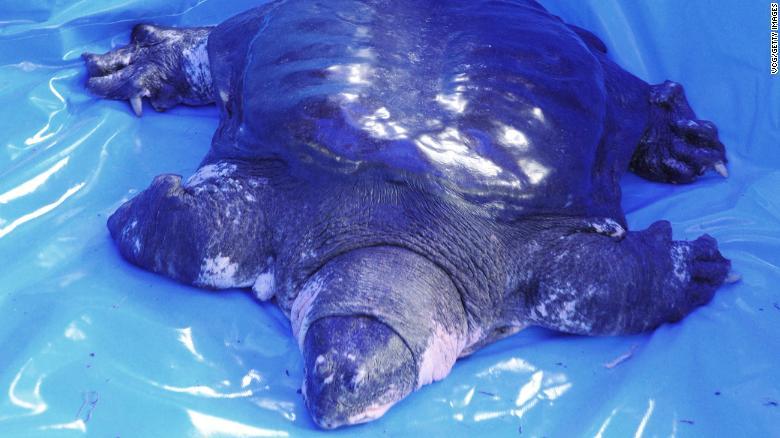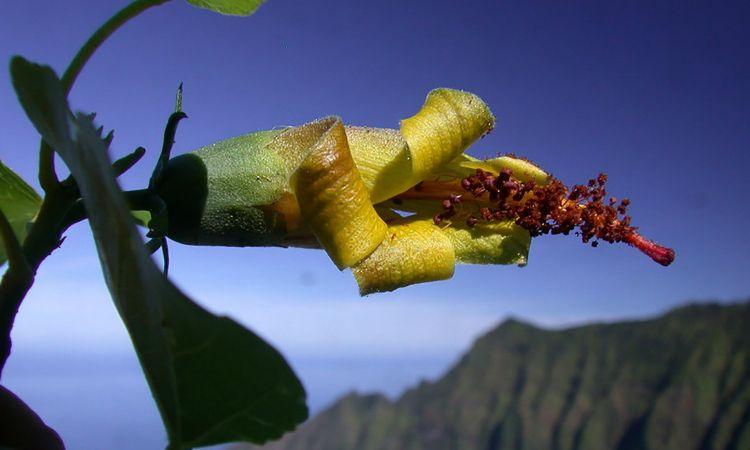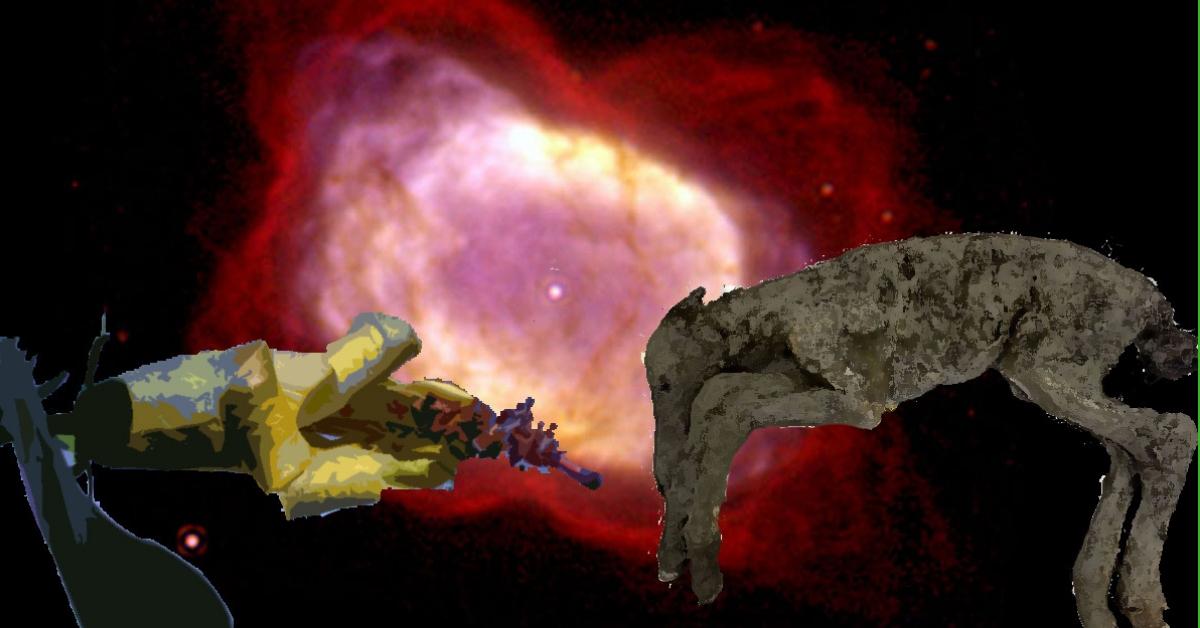ICYMI: Science and technology updates from April 14 to 20, 2019.
Over 100 Palawan mynas rescued from poacher

From Rappler:
Environmental authorities rescued around 129 Palawan hill mynas from a wildlife poacher in Bataraza town in southern Palawan. The birds, commonly sold as pets, were confiscated at 10 pm Thursday from Genesis Palasigue in Barangay Bono-bono through an enformencement operation. The birds were stuffed in cramped cages and baskets.
DOST-SEI’s science youth camp to focus on water issues and climate change

The Department of Science and Technology-Science Education Institute (DOST-SEI) will hold its annual Climate Science Youth Camp (CSYC) from April 24 to May 3 at the Island Garden City of Samal in Davao del Norte. This year’s CSYC bears the theme H2O: Highlands to Oceans: Water is Life, and will focus on the basic properties of water, global distribution of water, tracing the water cycle, and watersheds, as well as climate change in the Philippines and across the world. 40 students and 20 science teachers from various public high schools in Region XI (Compostela Valley, Davao del Norte, Davao del Sur, Davao Occidental, Davao Oriental, and Davao City) will experience camp life in the hills and beaches of the island, and will use interactive learning modules prepared by scientists from the University of the Philippines-Marine Science Institute (UP-MSI) and the National Institutes of Geological Sciences (UP-NIGS).
DOST-PCIEERD startup improves provincial bus booking via digitization
Easybus PH, a startup supported by the Department of Science and Technology’s Philippine Council for Industry, Energy and Emerging Technology Research and Development (DOST-PCIEERD), provides commuters with an online portal that makes bus booking more convenient.
Users can visit www.easybus.ph to book a bus to any of the following locations: Baguio City, Banaue and Lagawe in Ifugao or Daet in Camarines Norte, Naga City and Iriga City in Camarines Sur, Legazpi and Tabaco Cities in Albay, and Gubat, Matnog, and Sorsogon City in Sorsogon.
The website provides departure schedules, destinations, bus line information, seat availability, and other crucial details for commuters. Users can pay for their tickets online or at designated payment centers.
Mind-blowing first: Neuroscientists revive dead pig brain cells
From Popular Science:
Scientists have successfully revived dead pig brains—at least partially. A study published Wednesday in Nature reports a team restored some function in brains removed from pigs that had been dead for four hours. The technology still has a long way to go, but might eventually restore damaged brain cells in human patients.
NASA’s TESS finds its first Earth-sized world
From Science Daily:
A nearby system hosts the first Earth-sized planet discovered by NASA’s Transiting Exoplanets Survey Satellite, as well as a warm sub-Neptune-sized world. This milestone sets the path for finding smaller planets around even smaller stars, and those planets may potentially be habitable.
Spotted in space: The universe’s “first type of molecule”
From ScienceNews:
The discovery of helium hydride in a nearby planetary nebula ends a decades-long search for these seminal molecules and helps confirm our understanding of chemistry in the infant universe, researchers report online April 17 in Nature. During three flights in May 2016, the airborne Stratospheric Observatory for Infrared Astronomy observed a planetary nebula about 3,000 light-years away called NGC 7027. This shell of stellar material was blown off a sunlike star when its core collapsed into a white dwarf about 600 years ago. In the light emitted by the hot, dense cloud of gas, researchers detected helium hydride’s signature wavelength of infrared radiation.
Last known female of critically endangered turtle species dies

From BBC News:
One of the world’s rarest turtles, a Yangtze giant softshell, has died in China, leaving just three known survivors of the species.
The female turtle (Rafetus swinhoei) died in Suzhou zoo in southern China.
Experts had tried to artificially inseminate the creature, which was over 90 years old, for a fifth time shortly before she died.
The species has suffered from hunting, overfishing and the destruction of its habitat.
Drone rediscovers “extinct” Hawaiian flower

From CNN Philippines:
Researchers dispatched a drone into the Hawaiian skies to observe an extremely biodiverse area on a remote part of Kauai’s Kalalau Valley. The scientists soon realized they had rediscovered a flower species that was thought to be extinct.
According to a statement from the National Tropical Botanical Garden, Hibiscadelphus woodii was discovered on a vertical cliff face. Most sections of this area of the valley are inaccessible to humans because of the steep landscape.
Liquid blood found in preserved Ice Age foal

From The Siberian Times:
Permafrost preserved the “oldest blood in the world” boosting hopes of bringing extinct species back to life. Semyon Grigoryev, head of the Mammoth Museum in Yakutsk, said today: ‘The autopsy shows beautifully preserved internal organs. Samples of liquid blood were taken from heart vessels – it was preserved in the liquid state for 42,000 years thanks to favourable burial conditions and permafrost. The muscle tissues preserved their natural reddish colour. We can now claim that this is the best preserved Ice Age animal ever found in the world.”







